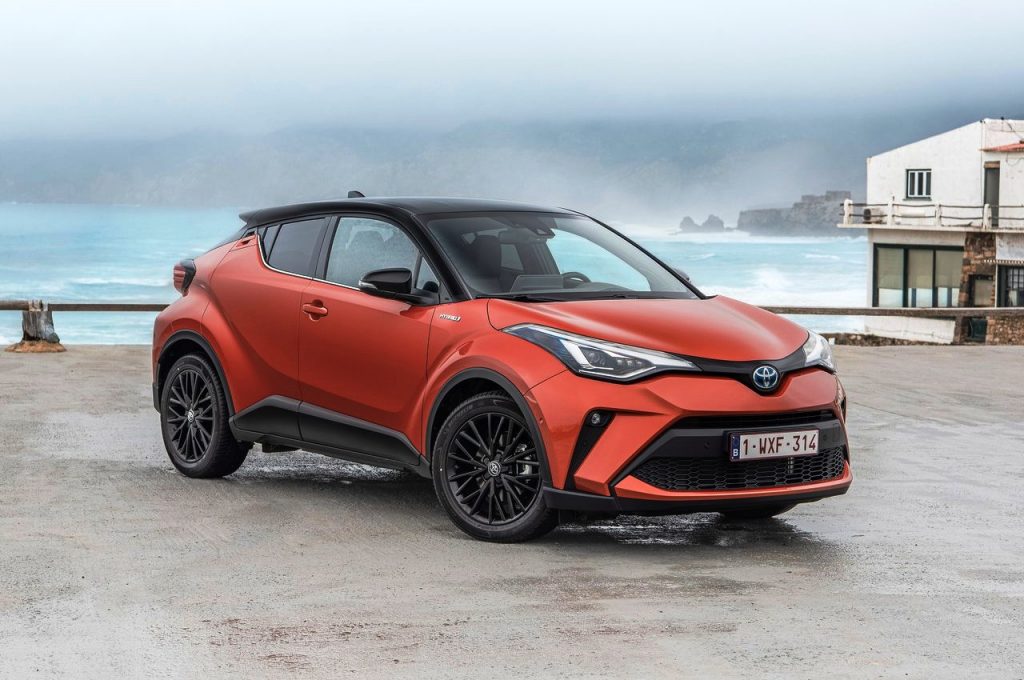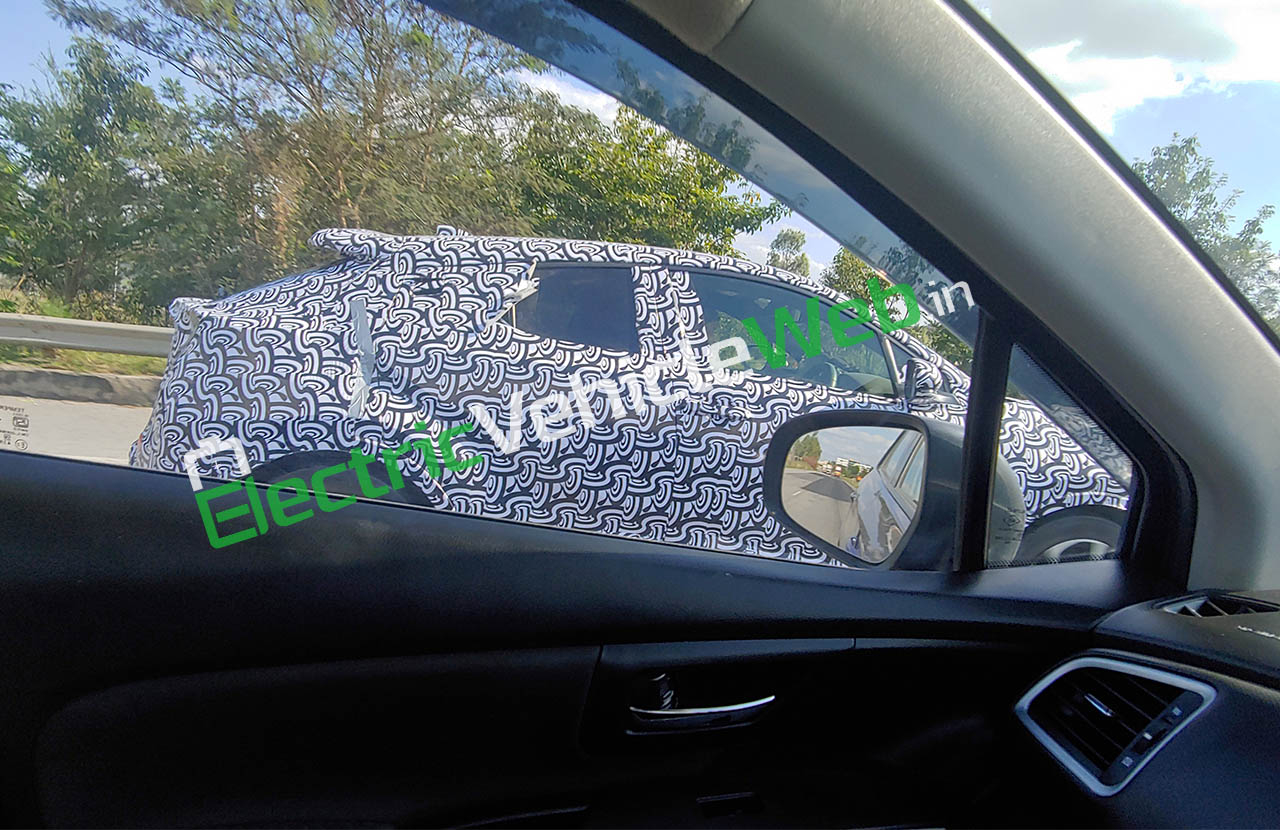ElectricVehicleWeb.in today has pictures of the Toyota C-HR testing in Bengaluru under camouflage. Captured by ElectricVehicleWeb reader Sriram K on NICE Road, the hybrid car is a crossover-SUV that has been seen testing several times in India (the test unit belonging to German supplier Continental) but never before wearing body camouflage, which raises a four-year-old question – is it finally coming to India?
Will the Toyota C-HR work in India?
The C-HR is based on the advanced, lightweight TNGA that was engineered for developed countries, where crash protection, road handling manners and emission levels call for the highest standards, and customers are willing to pay a premium price.
The Indian buyer has unique requirements, among the top of which is rear-seat comfort. With a slanting roofline, the C-HR does not offer the ideal experience for owners who love to travel in the back. Redesigning the frame for one market would not be feasible for Toyota unless demand is abnormally high. The C-HR is a type of CUV that won’t be ideal for India where competition in that segment is about to increase multifold with new or renewed models arriving from Maruti, Honda, Hyundai, Skoda, Volkswagen and Chinese players promising to further improve cabin comfort.
Toyota has a couple of options here. It could wait for Maruti Suzuki to bring out is next-generation SUV, repurposing it to fight the Creta and the Seltos with a well-priced product. Secondly, it could introduce the C-HR as a CKD or CBU for Toyota lovers, achieving a new entry-level hybrid model below the Camry.

Toyota C-HR – the success of the hybrid crossover Europe
Since its inception in 2016, Toyota has sold over 400,000 units of C-HR in Europe with 8 out of 10 customers choosing to opt for hybrid models. Apart from a 1.2-liter turbo petrol engine, a 1.8-litre hybrid powertrain, the C-HR, for the 2020 MY, gets a 2.0-litre Hybrid Dynamic Force system. The unit has an output of 50% more power, with an increase in consumption only by 10%. Both the motor and generators are bigger and more powerful, with the main electric motor delivering 80 kW and 202 Nm.
The 2.0-litre Hybrid Dynamic Force system has a redesigned transaxle with two electric motor-generators MG1 and MG2; a single planetary gear; and a reduction gear to the final drive. MG1 serves primarily as a generator and converts the surplus power from the petrol engine into electricity and stores it in the HV battery. It also serves as the engine’s starter motor. MG2 is the electric drive motor that delivers 80 kW and maximum torque of 202 Nm, and also acts as a generator when the car is in regenerative braking mode.

MG2 drives the car from start-up, at low speed and in EV mode, and is the sole propulsion method when the vehicle is in reverse. MG2 has an improved power delivery at higher rpm and allows the Toyota C-HR to operate at highway speeds, up to 120 km/h in EV mode.
The C-HR is equipped with a nickel-metal hydride (NiMH) battery with a total of 180 cells and a nominal voltage of 216 V. The battery packs are located beneath the rear seats and on the facelift have an increased cooling efficiency and a wider regeneration range.
A surprise third version the Toyota C-HR is a pure-electric model that recently surfaced in China, exclusively for that market, manufactured and marketed by a local joint venture.



![Corolla-like EV with BYD Blade battery could be unveiled as Toyota bZ3 or bZ4 [Update]](https://electricvehicleweb.com/wp-content/uploads/2021/12/Toyota-bZ-SDN-Toyota-bZ-sedan-concept-side-profile-350x221.jpg)